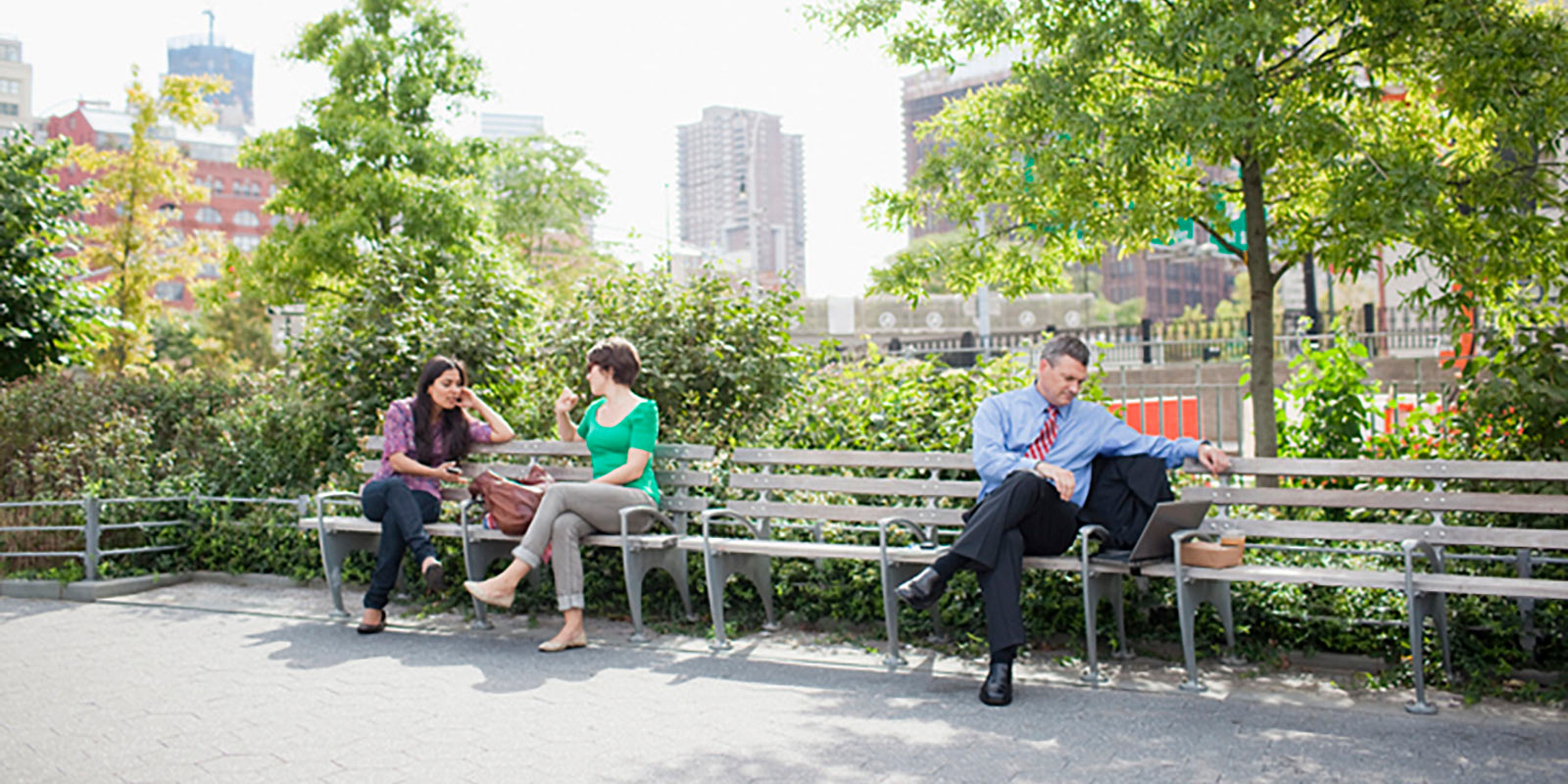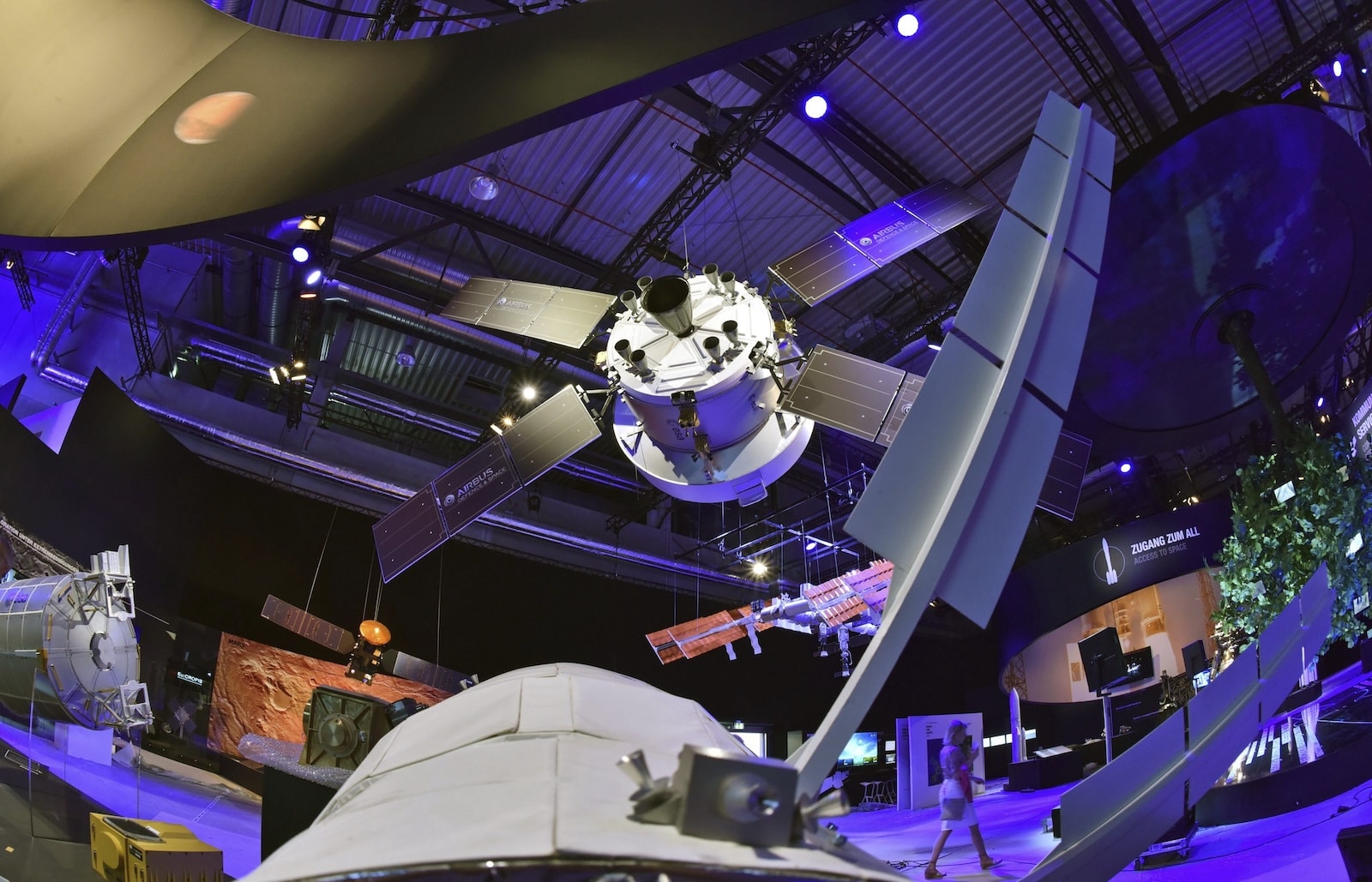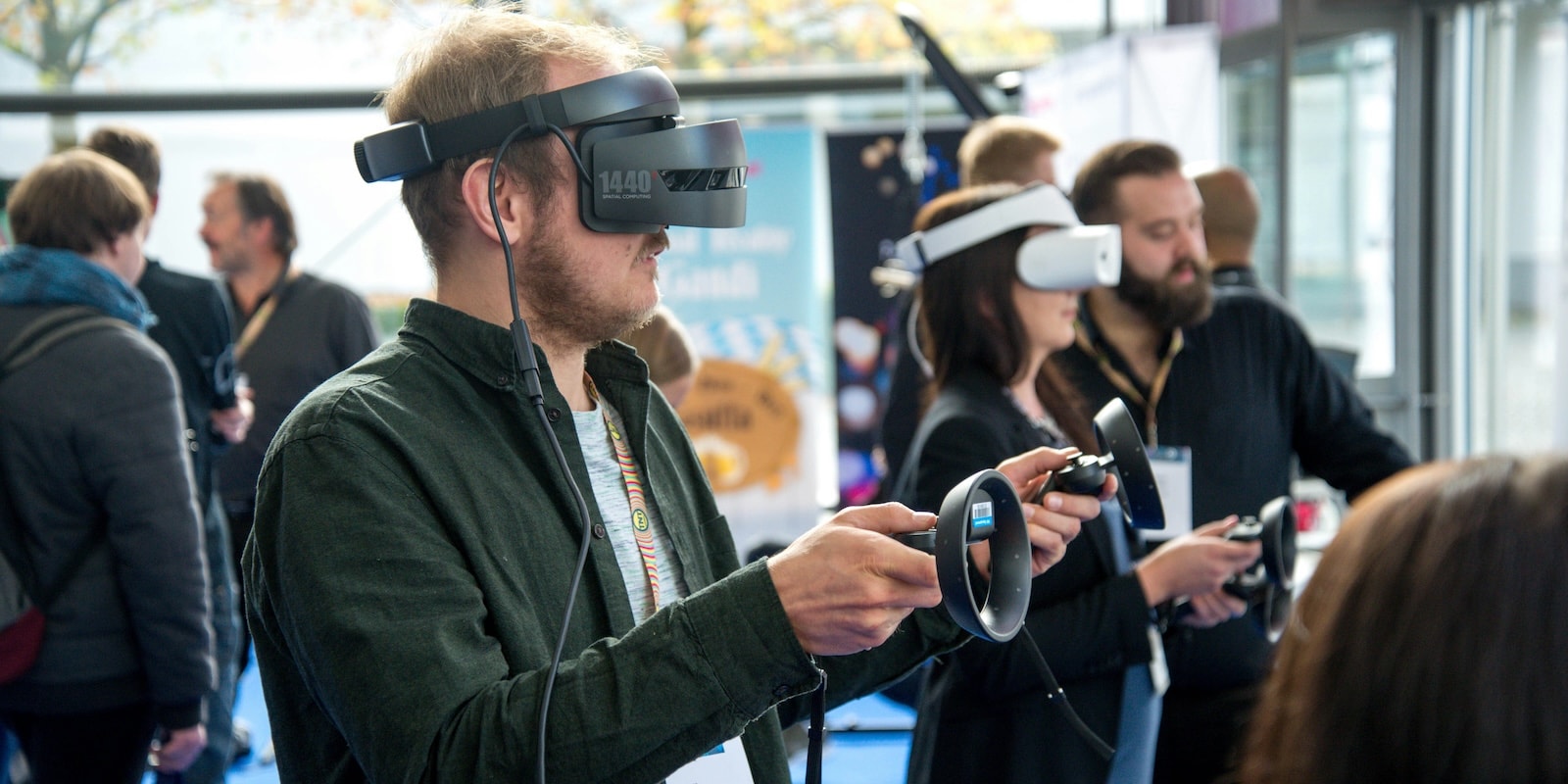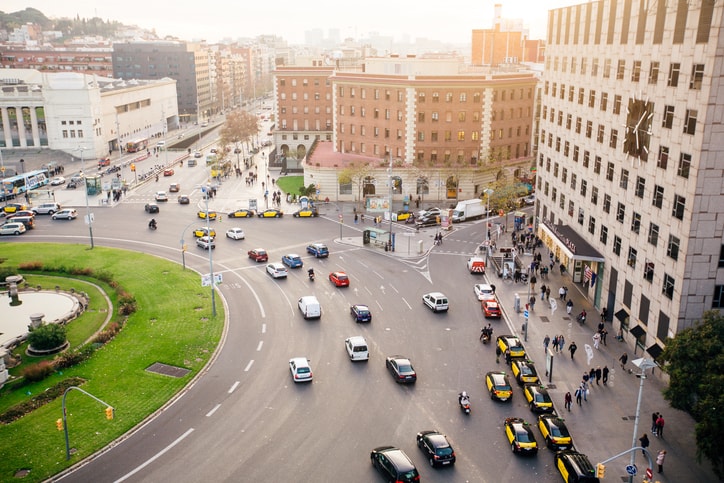Tuesday, July 22, 2025
Each solar bench, photovoltaic shelter or intelligent trash can is more than just urban furniture — it is part of a new way of conceiving the city. Eco-design transforms public space into a more efficient environment and promotes sustainability through elements that generate energy, optimize resources, and improve our quality of life.
In a context of global energy transition, urban eco-design proposes new ways to organize spaces in cities to make them more livable and efficient. We already currently have technologies capable of speeding up the transition to more sustainable cities and energies. Some projects are already demonstrating that it is possible to turn cities into hubs of efficiency, technology, and sustainability, without losing sight of the use of collective spaces, aesthetic design, and social well-being.
Within this framework, sustainable urban planning has emerged as an integrative discipline that combines architecture, technology, ecology, and social participation to address current challenges. Its strength lies in its ability to integrate diverse knowledge, listen to what the city needs, and adapt solutions to each context. One of its most promising developments is the use of urban furniture as active infrastructure, capable not only of improving the daily experience of city dwellers, but also of generating energy or providing data on the environment. "The question that I ask myself as a designer is, ‘What can we do in the short term, immediately?’" poses Belinda Tato, co-founder of Ecosistema Urbano, a company that has been combining architecture, urbanism, engineering, and sociology since 2000 to respond to the challenges cities face through innovative proposals, with projects such as the Eco-Boulevard in Vallecas or Polinature.
Urban design that cares, teaches and transforms
Specifically, Polinature is a climate shelter designed for urban spaces that are highly exposed to heat. The prototype, installed at Harvard, integrates a scaffolding system, 1,400 native plants, cultivation bags, and an inflatable cover connected to sensors and solar panels. The entire system works autonomously: when the temperature rises, an air current generated by solar energy is activated, improving thermal comfort. This is a low-cost, reusable waste-free structure, which can be installed in the summer and dismantled when temperatures drop. "The idea was to create a system using existing systems, without producing any type of waste." In fact, the 1,400 plants were distributed throughout the neighborhood once the installation was completed," explains Belinda Tato.
But acting in the present does not imply giving up on long-term impact, particularly because these projects have a strong pedagogical component. "Design not only solves problems, but it also generates experiences that teach, that awaken curiosity," explains the architect. In fact, among their interactive projects, for example, we can find a carousel installed in the Netherlands that stores kinetic energy released by children when they spin and hang from the ropes. That energy is then used to light up the plaza. This project aims to connect daily activities with an energy production system, so that "children learn that by playing, they are generating something that has a visible impact on their environment.”
Eco-design at the service of the city
Along the same lines, thanks to advances in solar technology, common elements such as benches, streetlights or trash cans can become urban energy hubs or sensors.
In fact, many cities have incorporated these advances, making it possible to recharge mobile phones using solar energy. An innovative example can be found in Hungary, in a roundabout in the town of Andornaktálya, where smart solar streetlights with motion sensors have been installed. This system, which only illuminates when necessary, saves energy and improves road safety. Equipped with solar panels, batteries, LED luminaires and movement sensors, this installation adjusts the light intensity based on vehicle and bicycle traffic. Furthermore, its integration with a remote urban management system allows for two-way control and an efficient response to changes in traffic.
But in addition to generating energy, eco-design can also help reduce waste. Some projects have developed urban furniture using recycled or reused materials, such as recovered plastics or wood from demolition sites. Working along these lines we also have Export Directe, a Spanish company that has recycled more than 13 million plastic containers in the last ten years. These projects are closing the materials cycle and transforming what was once considered waste into useful resources for the city. Through design, this furniture not only serves a practical function, but also conveys an environmental message and raises awareness among the public.
All these initiatives show us that city living can be more efficient, and environmentally aware and connected. Through eco-design, technology, and creativity, we are transforming everyday objects into tools for change, capable of improving quality of life, reducing environmental impact, and generating new forms of relating with urban spaces.
¿Te ha parecido interesante?





